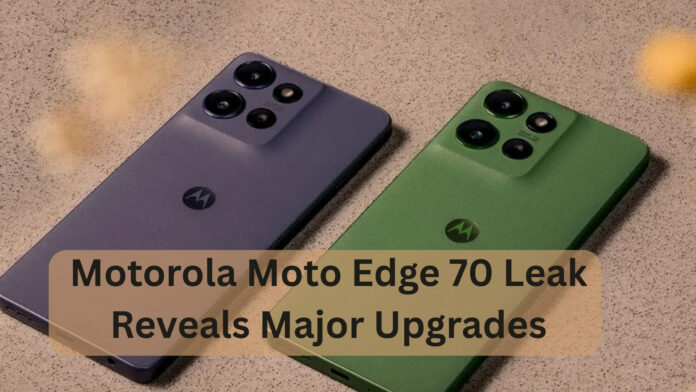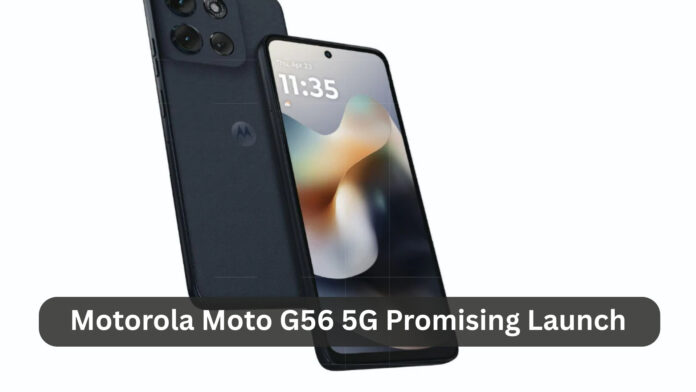Android users, particularly those loyal to Google’s Pixel lineup, have reason to celebrate. With the arrival of Android 16, Google is finally introducing one of the most requested usability features: the double tap to turn off screen functionality. This update not only marks an important step toward a more intuitive and gesture-driven user experience, but also shows Google’s renewed focus on addressing community feedback. Here’s an in-depth look at what this means for Pixel users, how it fits into the broader Android ecosystem, and why Android 16 is poised to be a game-changer.
Android 16 Focuses on Real-World Usability
In recent years, Android updates have increasingly emphasized background improvements, security enhancements, and AI integrations. While important, many users have expressed a desire for more visible, tangible features that impact day-to-day use. Android 16 responds directly to this call.
Among the many upgrades planned, the double tap screen off gesture is one of the most practical additions. It’s a simple yet powerful function: two quick taps on the screen can now turn it off instantly, without requiring users to press the physical power button. This small change offers big benefits, including better one-handed use, reduced wear and tear on hardware buttons, and a more seamless overall experience.
Why Pixel Users Have Been Waiting for Double Tap Screen Off
Pixel devices are known for delivering the “purest” Android experience. However, despite their flagship status, they have often lagged behind competitors like Samsung, OnePlus, and Xiaomi in offering convenient gesture-based controls. Features like “double tap to wake” have been standard on Pixels for years, but “double tap to turn off” was noticeably missing.
Users had to rely on third-party apps, workarounds, or simply use the physical power button every time they wanted to turn off the display. This gap was particularly glaring given Google’s emphasis on software elegance. The addition of the double tap screen off feature with Android 16 finally puts Pixel devices on par with, and even ahead of, many competitors in terms of everyday usability.
How Double Tap Screen Off Works in Android 16
Activating the new feature in Android 16 will be straightforward. Once your Pixel receives the update, you can enable it through a simple menu path:
Settings > System > Gestures > Double Tap to Turn Off Screen
From there, users can toggle the setting on or off. Importantly, Google has refined the gesture recognition to avoid accidental activations. The system uses a combination of touch sensitivity and motion detection algorithms to distinguish between an intentional double tap and a casual touch.
Early testers who have access to Android 16 Developer Previews report that the feature works reliably even with screen protectors applied, which is excellent news for users concerned about accessory compatibility.
Other Gesture Enhancements Coming with Android 16
The double tap screen off feature is just the beginning. Android 16 will introduce several new gestures and improvements to existing ones, making Pixel phones even more intuitive:
- Enhanced Quick Tap: Pixel’s “Quick Tap” feature (tapping the back of the phone to perform an action) gains more customization options.
- Smarter Swipe Gestures: Navigating between apps and accessing settings will become faster and more fluid.
- Improved Lift to Wake: Better responsiveness when lifting the device to check notifications.
These updates reflect Google’s broader effort to make interactions feel more natural and reduce reliance on physical buttons altogether.
Other Major Features in Android 16 for Pixel Devices
Beyond gestures, Android 16 is packed with enhancements that promise to elevate the Pixel experience:
- Lock Screen Customization: Android 16 allows for a deeper level of lock screen personalization, including custom shortcuts, clock styles, and widget placement.
- Adaptive Refresh Rates: Pixels will automatically adjust screen refresh rates depending on usage scenarios, improving both battery life and visual smoothness.
- Privacy Dashboard Upgrades: New privacy features will give users more insight into which apps are accessing sensitive data in real time.
- Seamless Updates: Update installation will become faster and less disruptive, thanks to improved seamless update technology.
- AI-Powered Battery Management: Leveraging Google’s latest AI advancements, Android 16 will intelligently predict and optimize background app behavior to save power.
Impact on Battery Life and Device Longevity
One major advantage of the double tap screen off feature is its potential to extend device longevity. Frequent use of the physical power button over years can lead to mechanical wear and eventual failure. By shifting this task to a software-based gesture, users can preserve their hardware.
Additionally, minimizing unnecessary screen-on time through quick gestures could contribute to better battery efficiency. While the gains may be modest, every little bit helps, especially as smartphones age.
Release Timeline: When Will Pixel Users Get Android 16?
Android 16 is currently in its Developer Preview stage, with Beta releases expected to begin rolling out around May 2025. A stable public release is likely to follow in August or September 2025, aligning with Google’s historical Android release schedule.
Pixel 8 and Pixel 8 Pro owners will be the first to receive Android 16, followed by Pixel 7 and Pixel 6 series devices. Older models like the Pixel 5a may see a more limited rollout depending on hardware compatibility and Google’s support policies.
How Android 16 Strengthens Pixel’s Position in the Market
Pixel phones have always been strong contenders among Android devices thanks to their clean software experience, timely updates, and best-in-class cameras. However, convenience features like the double tap screen off make the Pixel ecosystem even more appealing to everyday users.
By delivering features that users have specifically requested, Google shows that it is paying close attention to its community. In a fiercely competitive market where brands like Samsung and Apple dominate headlines, such user-focused improvements help Pixel carve out a distinct identity.
Moreover, small usability upgrades often have a compounding effect: a smoother, more intuitive device feels better in the hand, wins over new users, and deepens loyalty among existing ones.
Also read: Motorola’s AI Breakthrough: Complete Outer Display Redefines the Future of Smartphones
Final Thoughts: Android 16 Ushers in a New Era of Pixel Usability
The addition of the double tap screen off feature may seem minor compared to flashy headline features, but in reality, it’s one of the most meaningful quality-of-life improvements Pixel users have seen in years. It represents Google’s renewed commitment to listening to user feedback and delivering practical, thoughtful enhancements.
Combined with a suite of other usability upgrades, privacy improvements, and AI integrations, Android 16 is shaping up to be the most well-rounded and user-focused version of Android yet.
If you’re a Pixel user eagerly awaiting Android 16, get ready—your device is about to become even smarter, more responsive, and easier to love.



